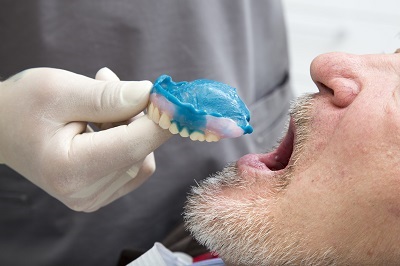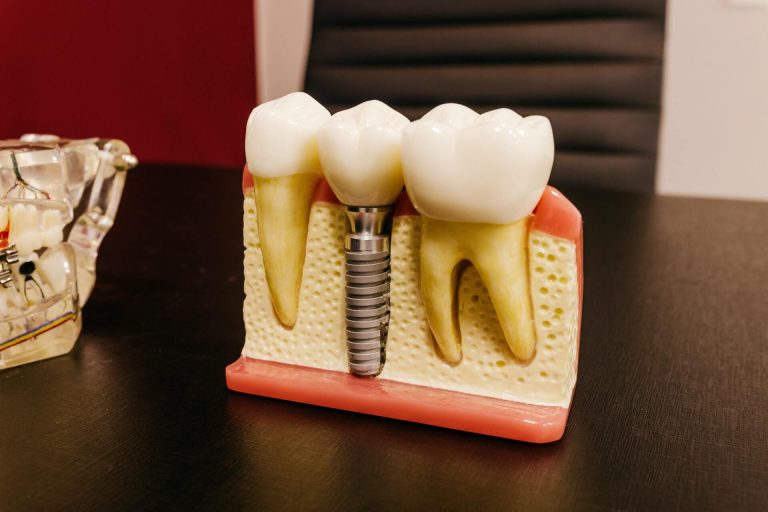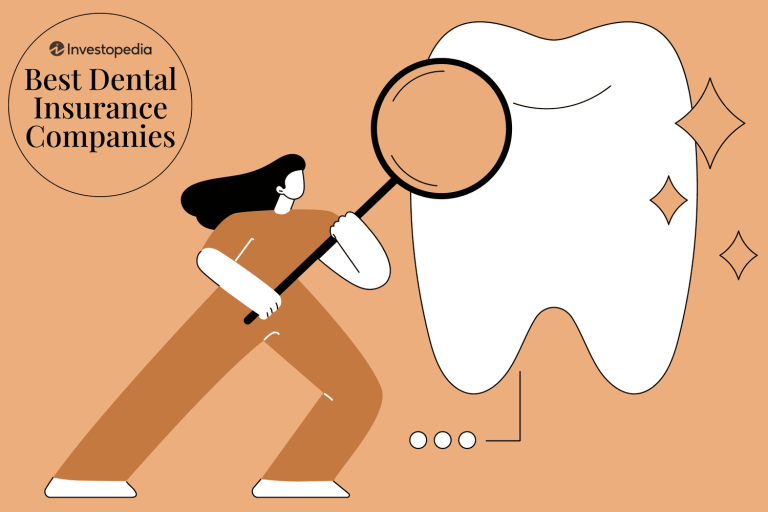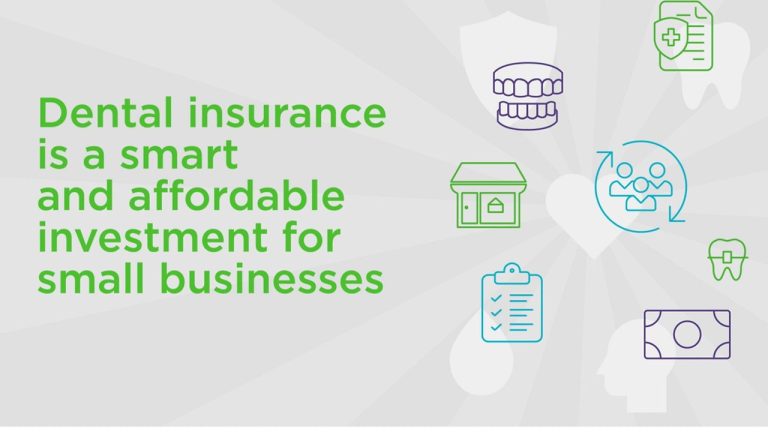Understanding Humana’s Dental Plans
Humana offers a range of dental insurance plans designed to cater to various needs and budgets. These plans typically fall into two main categories:
- Dental Preferred Provider Organization (DPPO) Plans: DPPO plans offer greater flexibility in choosing your dentist, allowing you to visit both in-network and out-of-network providers. While you’ll receive the highest level of coverage when seeing an in-network dentist, you can still receive partial coverage for out-of-network services.
- Dental Health Maintenance Organization (DHMO) Plans: DHMO plans provide coverage exclusively for services rendered by in-network dentists. These plans often have lower premiums but require you to select a primary care dentist and obtain referrals for specialist services.
Does Humana Cover Orthodontics: Factors Influencing Coverage
Whether or not Humana covers orthodontics depends on several key factors:
-
Specific Plan Selection: Not all Humana dental plans include orthodontic coverage. Some plans may offer orthodontic benefits as an optional add-on, while others may include it as part of their standard coverage. It’s essential to carefully review the details of your specific plan to determine whether orthodontics is included.
-
Age Limitations: Many Humana dental plans that do cover orthodontics have age restrictions. These restrictions typically apply to dependent children and may limit coverage to individuals under a certain age, often 18 or 19. Adult orthodontic coverage may be available under certain plans or as an optional rider.
-
Waiting Periods: Some Humana dental plans may impose waiting periods for orthodontic coverage. This means that you may need to be enrolled in the plan for a specific period, usually 6 to 12 months, before you become eligible for orthodontic benefits.
-
Lifetime Maximums: Certain Humana dental plans may have lifetime maximums for orthodontic benefits. This refers to the total amount the plan will pay for orthodontic treatment over the course of your lifetime. It’s crucial to be aware of any lifetime maximums to avoid unexpected out-of-pocket expenses.
-
Deductibles and Coinsurance: Even if your Humana plan covers orthodontics, you’ll likely be responsible for paying a deductible and coinsurance. The deductible is the amount you must pay out of pocket before your insurance coverage kicks in. Coinsurance refers to the percentage of the treatment cost you’re responsible for after meeting your deductible.
Navigating Humana’s Orthodontic Coverage
If you’re considering orthodontic treatment and have a Humana dental plan, here are some steps you can take to navigate your coverage:
-
Review Your Plan Documents: Thoroughly review your Humana dental plan documents or contact Humana’s customer service to confirm whether your plan includes orthodontic coverage. Pay close attention to any age limitations, waiting periods, lifetime maximums, deductibles, and coinsurance requirements.
-
Consult with Your Orthodontist: Schedule a consultation with your orthodontist to discuss your treatment plan and obtain a cost estimate. Provide your orthodontist with your Humana insurance information so they can help you determine your out-of-pocket expenses.
-
Obtain Preauthorization: If your Humana plan requires preauthorization for orthodontic treatment, make sure your orthodontist obtains this approval before initiating treatment. This will help ensure that your treatment is covered and avoid any unexpected billing surprises.
-
Explore Flexible Spending Accounts (FSAs) or Health Savings Accounts (HSAs): If your employer offers an FSA or you’re eligible for an HSA, consider contributing to these accounts to help cover your out-of-pocket orthodontic expenses. These accounts allow you to set aside pre-tax dollars for qualified medical and dental expenses, including orthodontics.
-
Consider Third-Party Financing: If your Humana plan doesn’t cover orthodontics or you’re facing significant out-of-pocket costs, explore third-party financing options. Many orthodontic practices offer payment plans or work with third-party lenders to make treatment more affordable.
Maximizing Your Humana Dental Benefits
Even if your Humana plan doesn’t cover orthodontics or you’ve reached your lifetime maximum, there are still ways to maximize your dental benefits:
- Utilize Preventive Care: Take advantage of your plan’s preventive care benefits, such as routine cleanings and exams. These services can help prevent dental problems that may require more extensive and costly treatment down the road.
- Choose In-Network Providers: If you have a DPPO plan, prioritize seeing in-network dentists and specialists to receive the highest level of coverage.
- Stay Informed About Your Plan: Review your Humana plan documents regularly and stay informed about any changes in coverage or benefits.
- Contact Humana’s Customer Service: If you have any questions or concerns about your dental coverage, don’t hesitate to contact Humana’s customer service for assistance.
Conclusion
The question “Does Humana cover orthodontics?” doesn’t have a one-size-fits-all answer. Coverage depends on your specific plan, age, waiting periods, and other factors. By carefully reviewing your plan documents, consulting with your orthodontist, and exploring alternative financing options, you can make informed decisions about your orthodontic treatment and navigate the complexities of dental insurance with confidence. Remember, investing in a healthy and beautiful smile is an investment in your overall well-being. Don’t let financial concerns prevent you from seeking the orthodontic care you or your loved ones deserve.
Read More: Health Insurance Waiting Periods: Understanding the Wait Before You’re Covered






